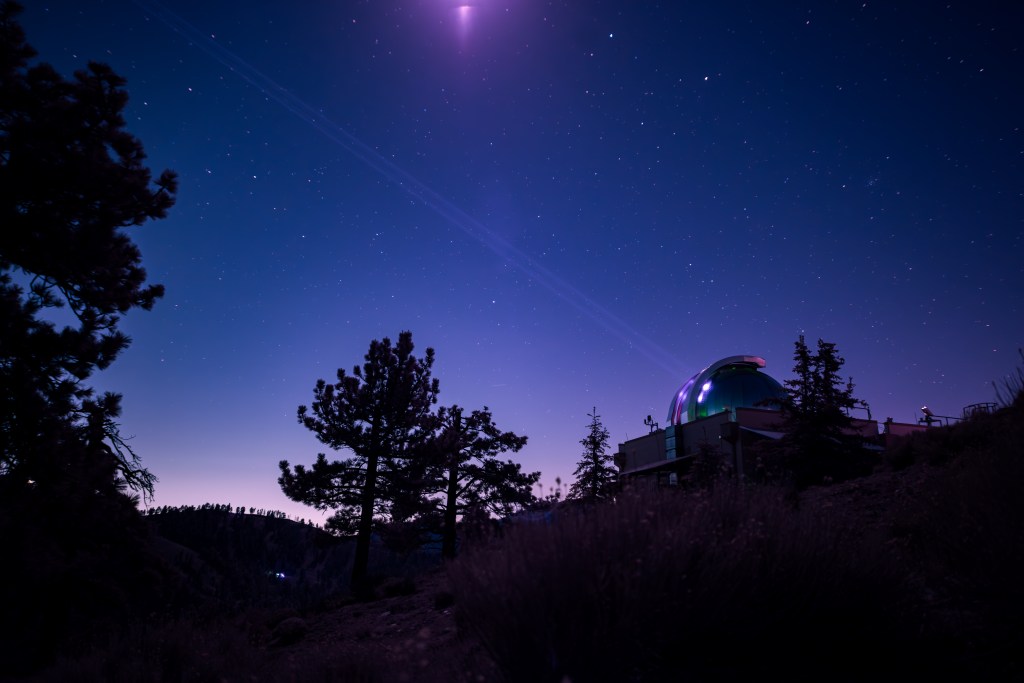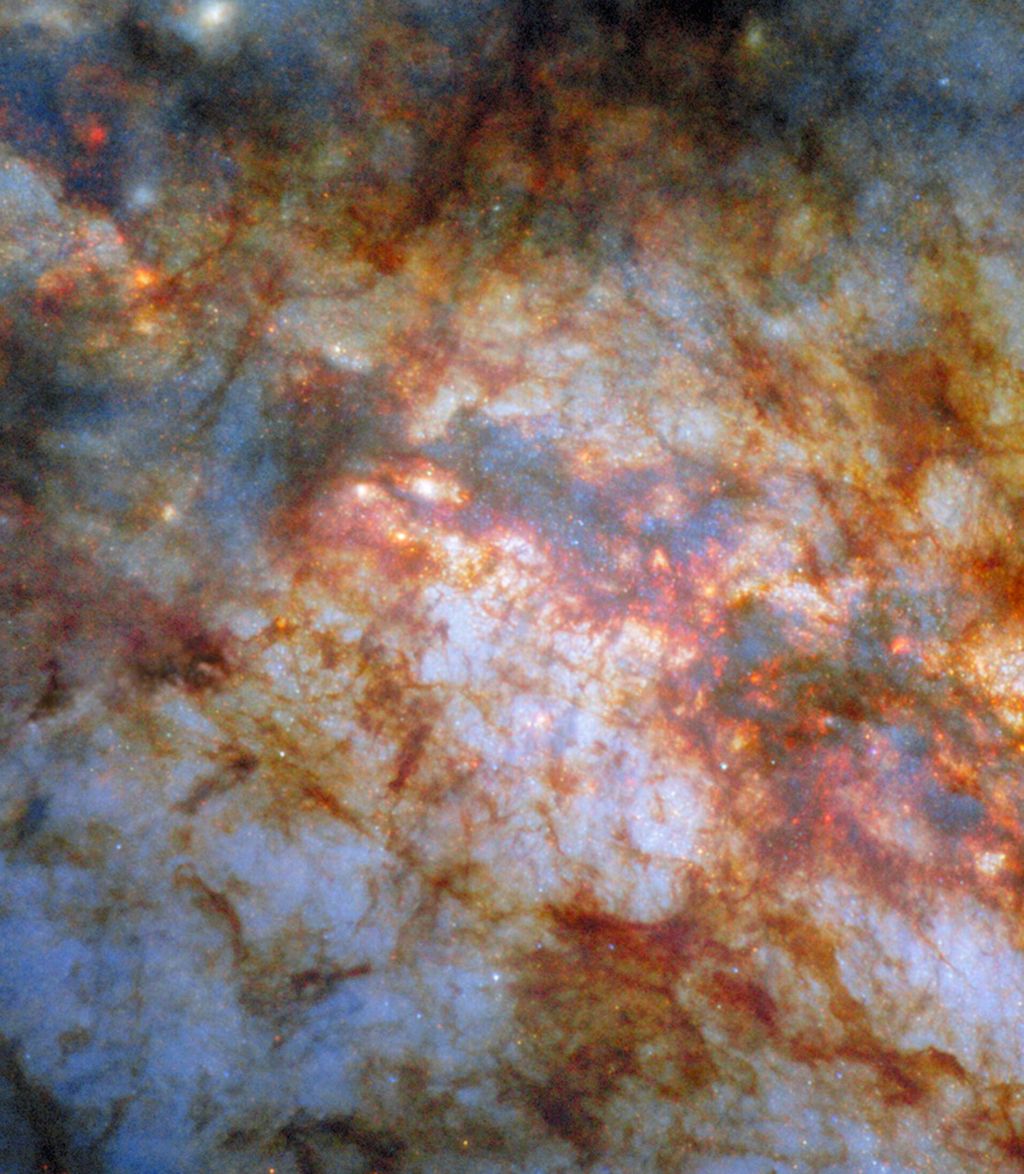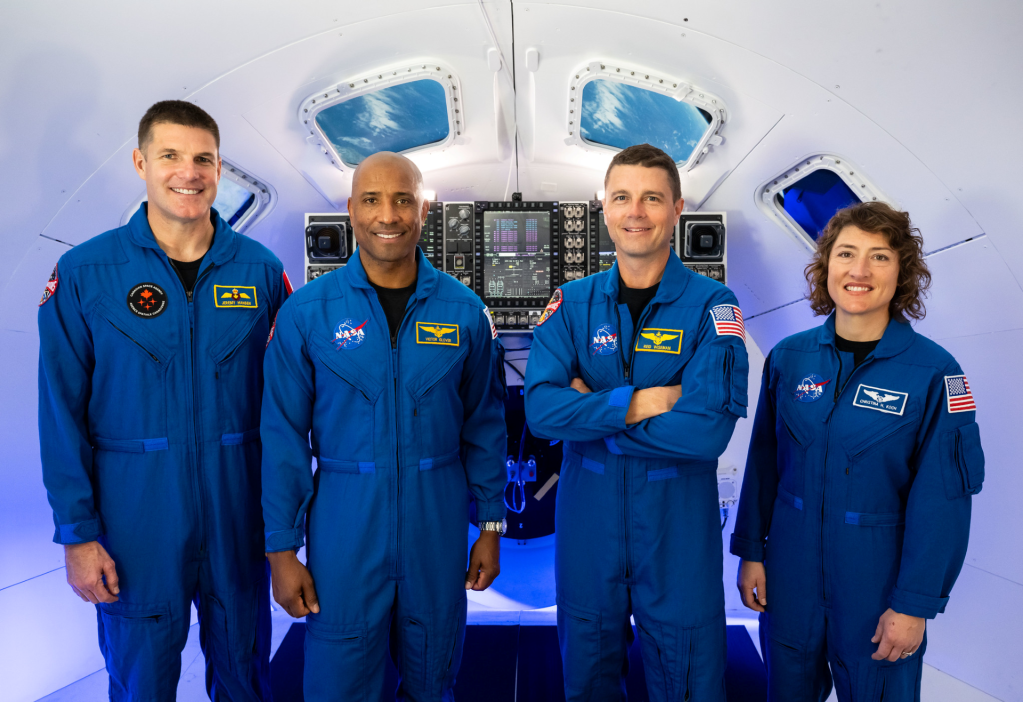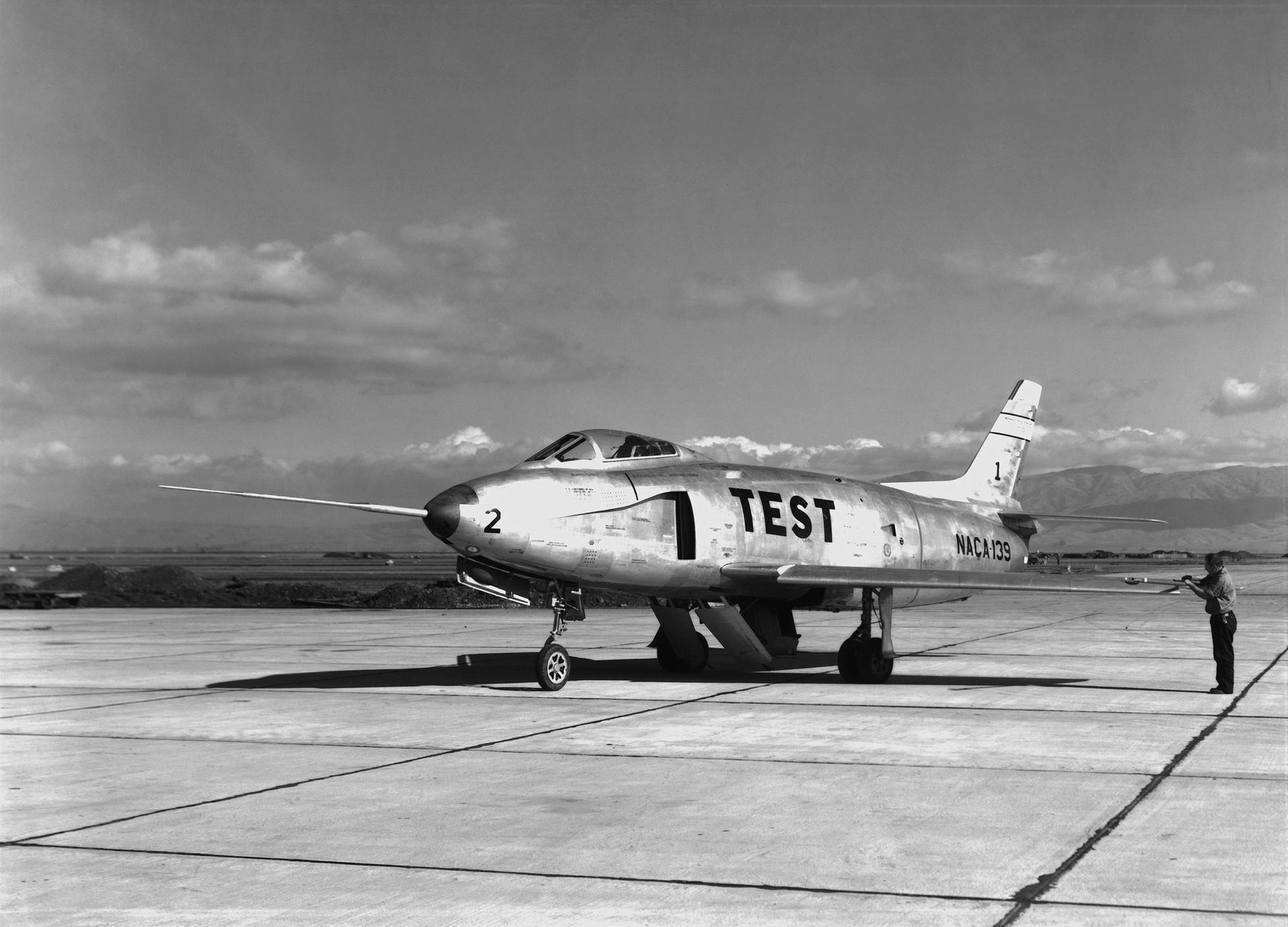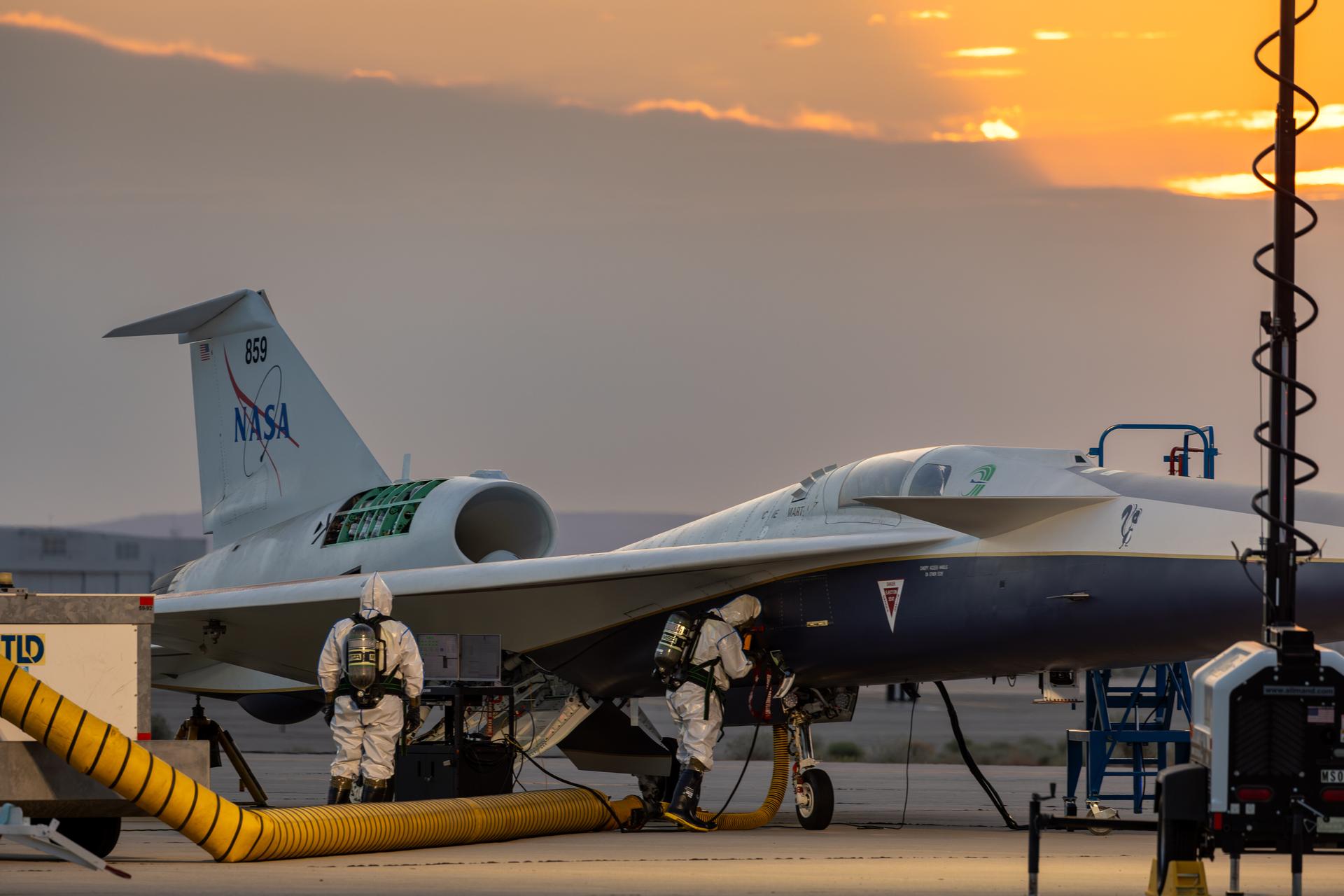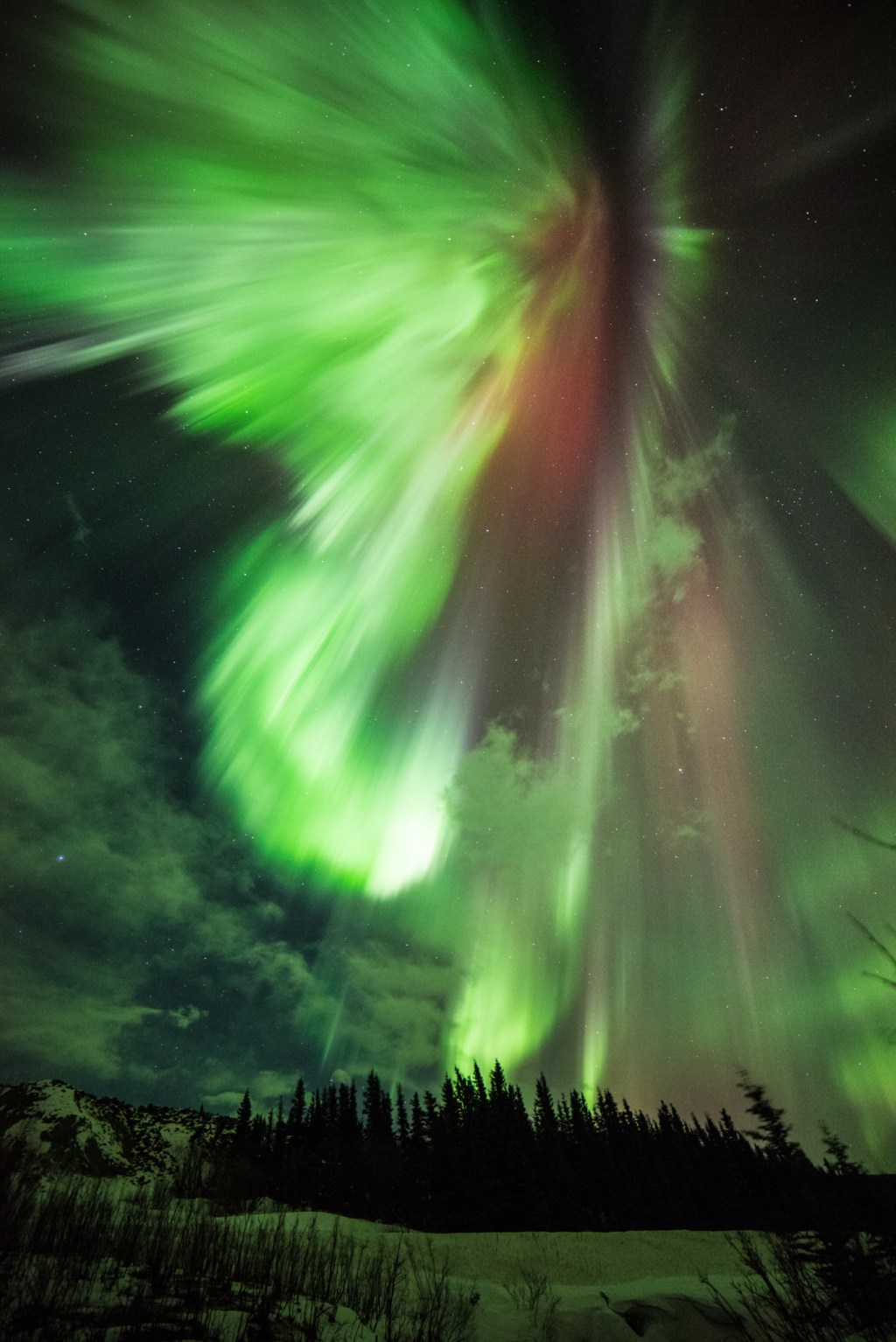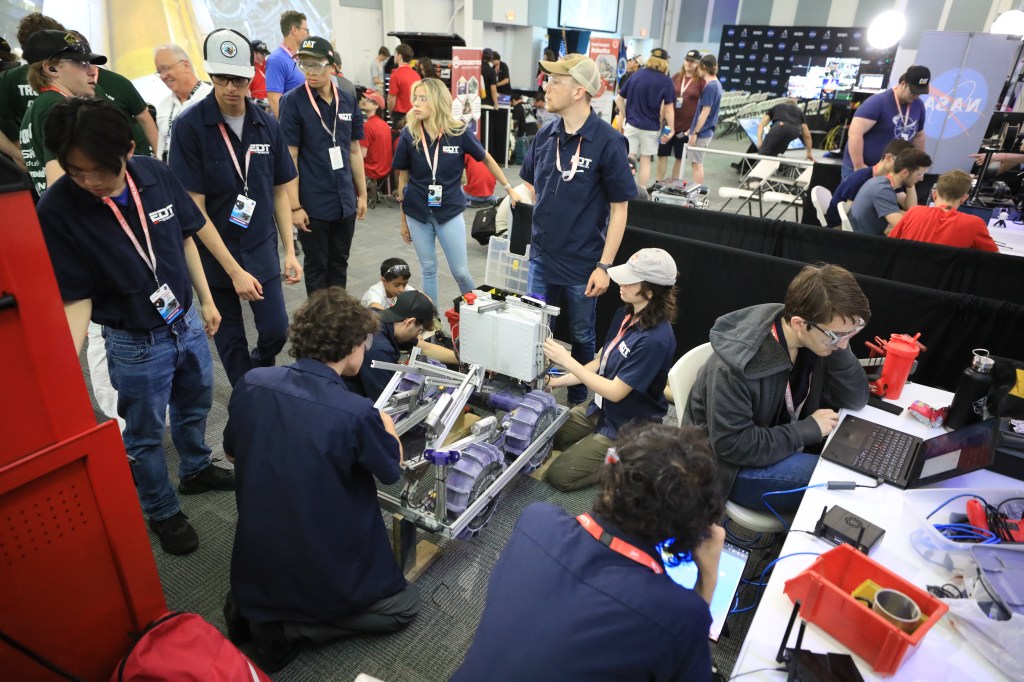1 min read
Animation of Comet 17P/Holmes Dimming Over Time
This animation is a composite of images taken by NASA's Hubble Space Telescope that reveal Comet Holmes's bright core. The images show that the coma, the cloud of dust and gas encircling the comet, is getting fainter over time. The coma was brightest in the Oct. 29 image. It is two times fainter on Oct. 31 and nine times dimmer on Nov. 4 than during the Oct. 29 observation.
The coma is getting fainter because it is expanding. A huge number of small dust particles was created during the Oct. 23 outburst. Since then those particles have been moving away from the nucleus and filling interplanetary space. The coma therefore is becoming more diffuse over time.
The nucleus, however, is still active and is producing a significant amount of new dust. So the region around the nucleus is still much brighter (at least 10 times brighter) than it usually is at this point in the comet's orbit.
- Release DateNovember 15, 2007
- Science ReleaseHubble Zooms In on Heart of Mystery Comet
- Credit
Related Images & Videos
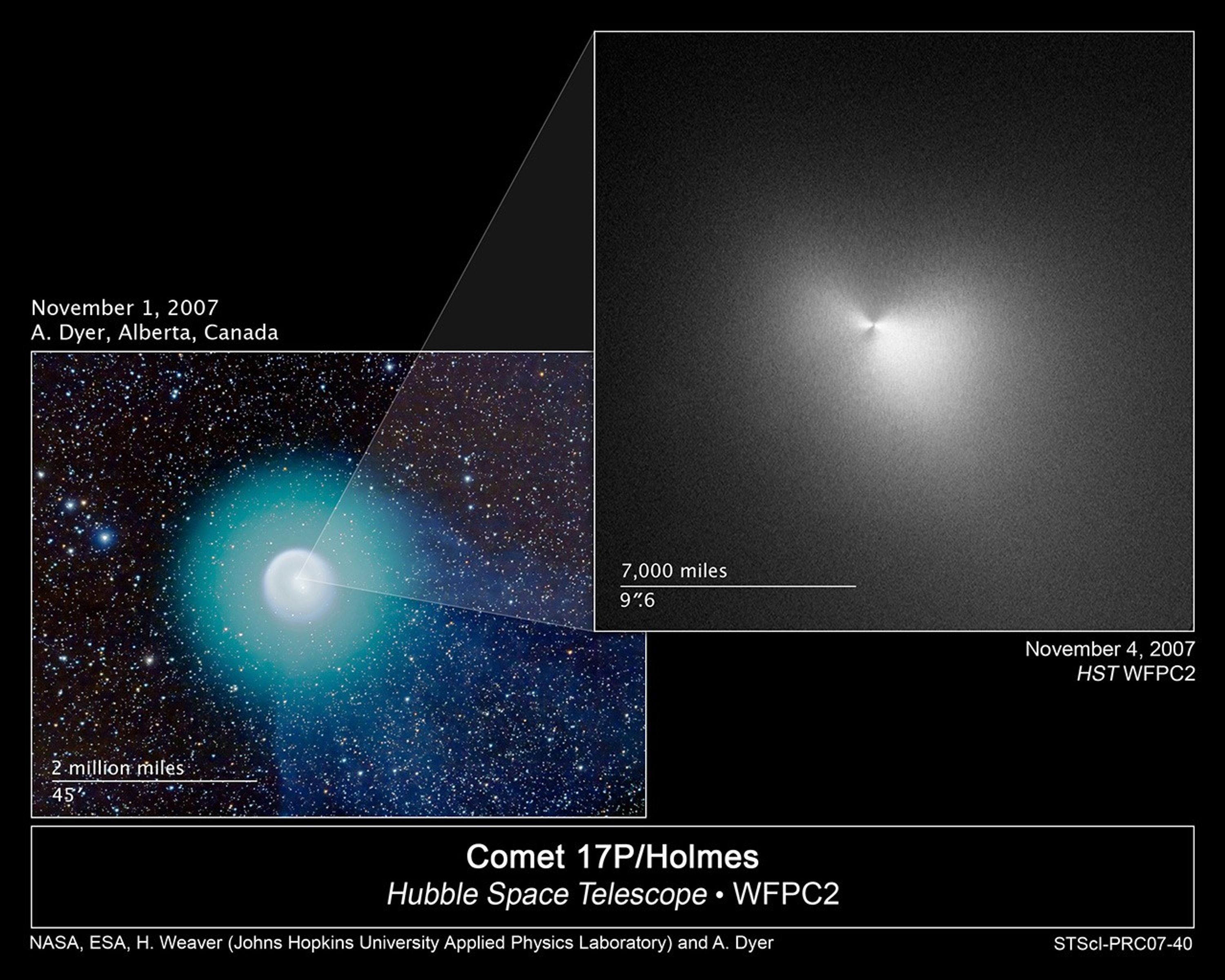
Hubble Zooms In on Heart of Mystery Comet
NASA's Hubble Space Telescope has probed the bright core of Comet 17P/Holmes, which, to the delight of sky watchers, mysteriously brightened by nearly a millionfold in a 24-hour period beginning Oct. 23, 2007. Astronomers used Hubble's powerful resolution to study Comet Holmes'...

Ground-based Image of Comet Holmes - November 1, 2007
The ground-based image of Comet 17P/Holmes was taken November 1, 2007, by astrophotographer Alan Dyer. The observations were made in southern Alberta, Canada with a 105mm apochromatic refractor at f/5 with a Canon 20Da camera at ISO400. Field is about 2.5 x 1.5 degrees.

Comet 17P/Holmes Hubble Image Series
These images taken by NASA's Hubble Space Telescope reveal Comet Holmes's bright core. The images show that the coma, the cloud of dust and gas encircling the comet, is getting fainter over time. The coma was brightest in the Oct. 29 image. It is two times fainter on Oct. 31 and...
Share
Details
Claire Andreoli
NASA’s Goddard Space Flight Center
Greenbelt, Maryland
claire.andreoli@nasa.gov

